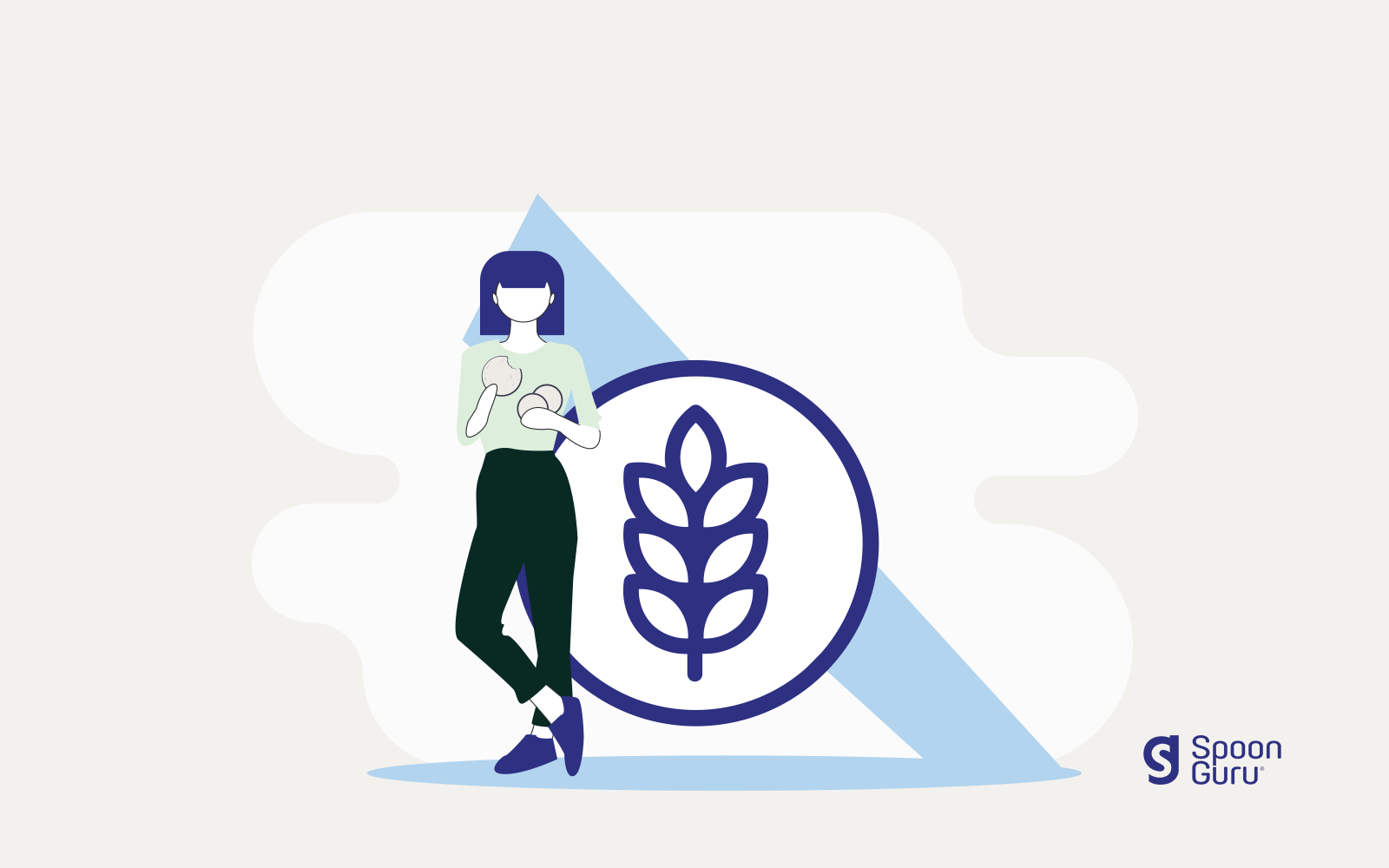It’s a fact that most of us are not eating enough fibre. In the UK it’s recommended that teenagers aged 11-16 years consume 25g of fibre each day, and for adults this increases to 30g. However our daily averages fall quite short of these recommendations, with the daily average sitting at 16g for teens, and 19g for adults.
Fibre is an important part of a healthy, balanced diet and is linked to lower risks of heart disease, stroke, type 2 diabetes, and bowel cancer. Choosing fibre-rich foods also helps us to feel fuller for longer, which in turn helps support weight management, and when combined with drinking plenty of fluids and keeping physically active, it can also help prevent constipation.
Fibre is also considered a significant factor in gut health, helping to increase ‘good’ bacteria in the gut. It is thought that our gut bacteria may play an important role in aspects of health such as immune function, obesity and even brain function and mood.
Healthy eating guidelines in the UK, known as the Eatwell Guide, focus on eating a plant-rich diet including plenty of foods with fibre. Fibre-rich plant foods include:
- Wholegrain varieties of starchy foods like wholegrain breakfast cereals, wholewheat pasta, wholemeal bread, and brown rice
- Pulses like kidney beans, chickpeas, and lentils
- Nuts and seeds
- Fruit and vegetables
Top tips for increasing your fibre intake
Choose higher fibre foods at mealtimes and for snacks:
- Keep the skins on your potatoes, sweet potatoes, or yams
- Add fruit to your wholegrain breakfast cereal or porridge
- If you’re feeling like a snack, try fruit, vegetable sticks, rye crackers, oatcakes, unsalted nuts, or seeds
- Add plenty of vegetables to meals, either as a side dish or salad
- Add pulses like beans, chickpeas or lentils to stews, curries, and pasta sauces
Try new whole grain foods:
- Check food packaging for the terms ‘source of fibre’ or ‘high in fibre.’ A ‘source of’ fibre has at least 3g of fibre per 100g, and ‘high in’ fibre has more than 6g per 100g
- Check food packaging for the words wholegrain, wholewheat or wholemeal on food products like wholewheat noodles and wholemeal bread
- Go for wholemeal or higher fibre seeded breads. If you only like white bread, you may also enjoy versions that combine white and wholemeal flour
- Go for high-fibre, lower sugar breakfast cereals like wholewheat biscuit cereal (e.g., wheat biscuits), no added sugar muesli, bran flakes or porridge
Consider the pennies:
- Private label canned beans, pulses, and lentils can often be better value than branded versions
- Bulk buy – buying larger bags of pasta or rice can save money. Remember to be food wise though and not cook more than you need
Use Spoon Guru’s Nutrition Intelligence Technology
- Our Dietary TAGs include Source of Fibre and High Fibre. This way, shoppers can quickly and easily find fibre rich foods that are essential for a healthy diet.
To find out more about how Spoon Guru can help your customers easily find fibre rich foods, eat more healthily and find products that fit their dietary needs, contact our team today.
Information from British Nutrition Foundation Healthy Eating Week 2023 Resource.
